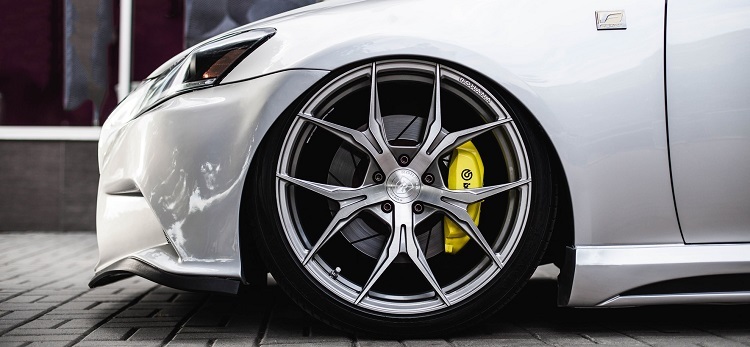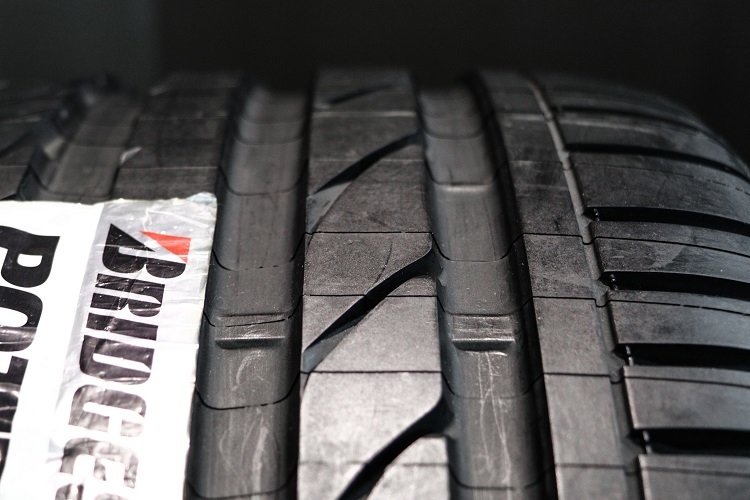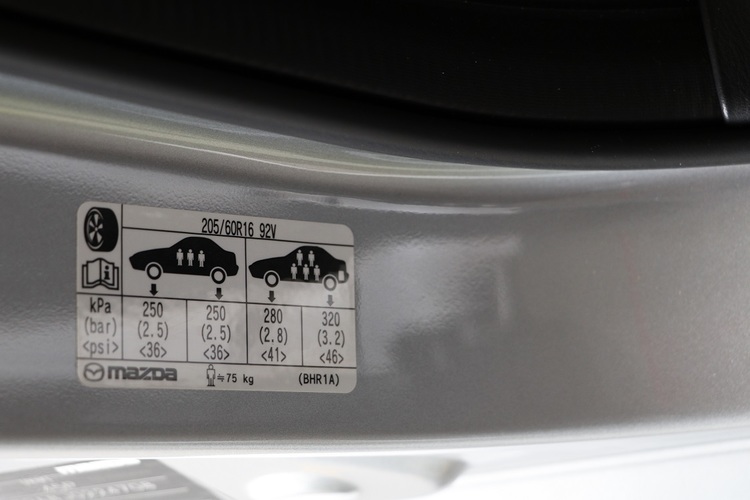8 Tyre Safety Tips that Every Driver Should Know

(Photo Credit: Unsplash)
Tyres are the foundation of every vehicle. Follow these 8 tyre safety tips for a smooth and safe ride.
When was the last time you inspected your tyres for wear and damages? Can’t remember? We don’t blame you, because it’s something drivers often take for granted. Panic only sets in when something goes wrong while driving.
With the help of Bridgestone Tyre Singapore, we’ve put together a useful article to teach you the ABCs of tyre safety. With this newfound knowledge, you’ll be better equipped to anticipate tyre problems before they occur.
1. Check Tyre Pressure Regularly
Tyres will lose pressure (air) over time and it’s imperative that you check them at least once a month. Driving with underinflated tyres is dangerous as it affects the handling of your car, worsens your fuel economy and it may even lead to tyre damage. On the other hand, driving with overinflated tyres is also equally hazardous. Not only will your tyres have less grip and contact on the road, but they’ll also wear out quicker and have a higher chance of bursting.
To check your tyres at home, simply buy a digital tyre gauge. The recommendations for tyre pressure can be found on a label located on the driver’s doorframe, or in the vehicle owner’s manual.
Tyre pressure should be checked when the tyres are still “cold”—meaning your car hasn’t been driven for three hours, or less than 1.6km at moderate speeds. Besides once-a-month checks, they should also be inspected before long trips or when carrying extra load.
2. Check for Tyre Baldness (Tread Depth)
When it comes to tyres, bald isn’t beautiful. In fact, it’s quite dangerous to drive around with bald tyres, especially in wet weather. For those unaware, the risk of hydroplaning increases with worn tyres. Bald tyres are also more easily punctured, leading to a blowout, and you’ll have a harder time braking your vehicle.
Using a tread depth gauge is the most accurate way to determine if you’ll need to change your tyres. Ensure that the remaining tread depth of every tyre is at least 1.6mm.

Alternatively, you could always check the tread wear indicator bars on your tyres. Located between the tread ribs, these indicator bars let you monitor tread depth—allowing you to make better decisions about tyre replacement. If your tyre treads are flushed with the indicator bars, it’s probably time to get some new tyres.
3. Rotate Your Tyres to Prevent Uneven Wear
In case you didn’t know, your front and rear tyres wear differently. For example, the front tyres tend to carry most of your car’s weight and will generally wear down faster. The number of right and left turns you make can also wear down your tyres differently.
By rotating your tyres, you’ll not only ensure yourself a smoother and safer ride, but you’ll also save some money by prolonging the life of your tyres. Follow your vehicle manufacturer’s recommendations for tyre rotation, or perform a rotation once every 10,000km.
Other reasons for uneven wear may include improper inflation (see point 1), suspension misalignment, or misaligned wheels. Uneven wear is a problem that shouldn’t be taken lightly. It comprises the life and performance of your tyres, as well as jeopardizes the safety of the driver and passengers.
4. Get Them Replaced if You See Cracks, Bulges or Blisters
Just like your skin, your tyres should be free of any cracks, bulges or blisters. If the sidewalls of your tyres appear cracked, it might have been damaged by road hazards, improper inflation, overloading or abrasion from curbs. As for bumps and blisters, these are signs of damage from within the tyre structure. These symptoms could lead to tyre failure or a blowout, so it’s highly recommended that you have them checked out as soon as possible.
5. Don’t Overload Your Tyres
Overloading your tyres can be extremely dangerous as it could lead to a blowout. An uneven distributed load can also lead to overloading even if your car’s maximum load is not exceeded. To determine the maximum passenger and cargo load for your vehicle, check the vehicle owner’s manual or the load rating of your tyres. In addition, you should also spread loaded weight throughout the car cabin. It’s also best to remove any unnecessary weight from the boot of your car.
6. Listen to Your Tyres
Do you feel vibrations or hear unusual sounds coming from your tyres? If you do, you best listen to them and get your tyres checked out. These symptoms could signify several mechanical ailments, such as a worn-out wheel bearing, misaligned wheels or a bent tyre rim. Don’t wait until the vibrations or sounds get worse.
7. Check Your Vehicle Alignment Regularly
Prolonged use, potholes, or even a bad bump to a curb can cause your vehicle to misalign. When that happens, it’ll lead to uneven tread wear and affect your car handling. To check if your vehicle is misaligned, look out for the following indications:
- Uneven tread wear
- Vehicle pulling to the left or right
- Your steering wheel goes off centre when driving straight
- You feel vibrations from your steering wheel
8. Don’t Be Stingy, Replace Your Tyres When Required
Tyres often get overlooked but they are one, if not, the most important purchase a car owner should make. They are the only parts of a car that come in direct contact with the road and are vital to the safety of passengers and the driver.
When it’s time to have them replaced, don’t be stingy and cheap out. Instead, invest in a good set of wheels. Quality tyres will not only ensure car safety and handling, but they will also make you more confident on the road.
Do you have any tyre safety tips? Let us know in the comments below.
Claim your free car valuation today!
Read More: 7 Essential Factors You Must Consider to Choose the Best Tyres for Your Car
Looking for a car appraisal? You can contact us for a free car valuation within 24 hours…



